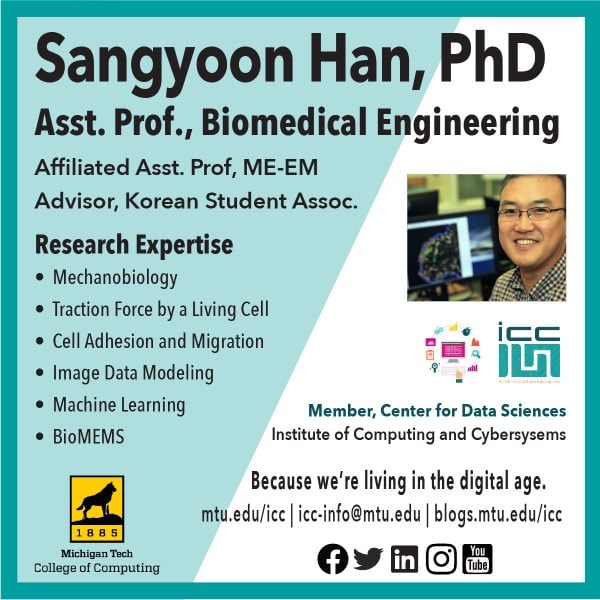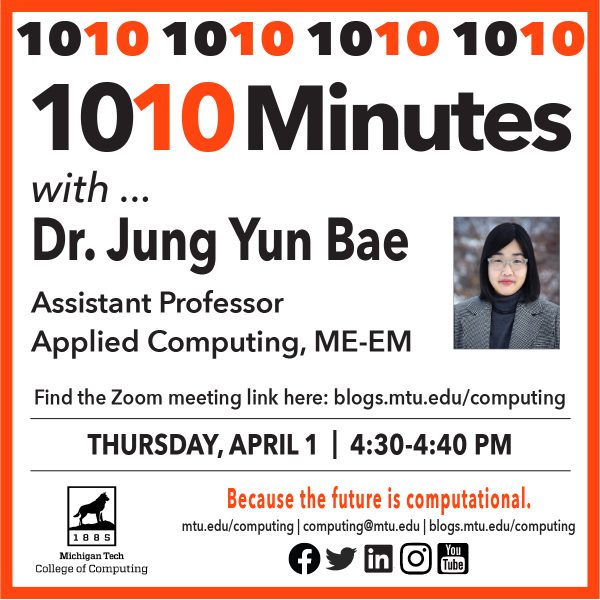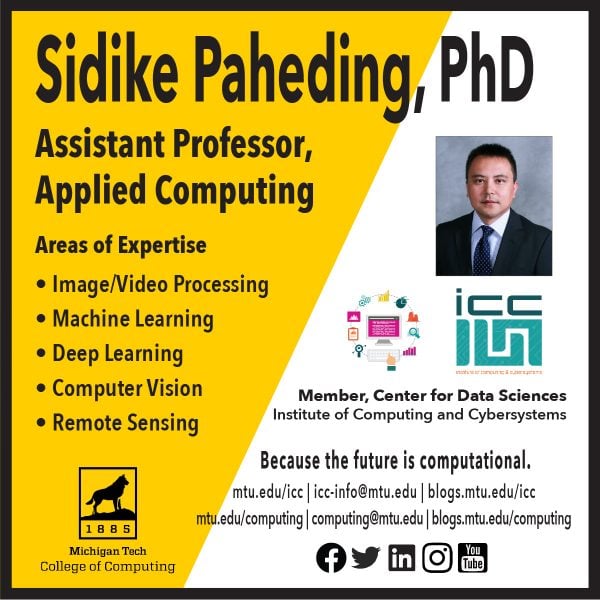Dr. Xiaoyong (Brian) Yuan and Dr. Bo Chen are seeking an hourly paid graduate research assistant to work in the areas of artificial intelligence and mobile security. The project is expected to begin Summer 2021 (5/10/2021).
Preferred Qualifications:
1. Passion for research in artificial intelligence and mobile security.
1. Familiar with Android OS and Android app development.
2. Basic knowledge of machine learning and deep learning.
3. Solid programming skills in Java, Python, or related programming languages.
4. Experience with popular deep learning frameworks, such as Pytorch and Tensorflow is a plus.
To Apply: Please send a resume and a transcript to Dr. Yuan (xyyuan@mtu.edu).





